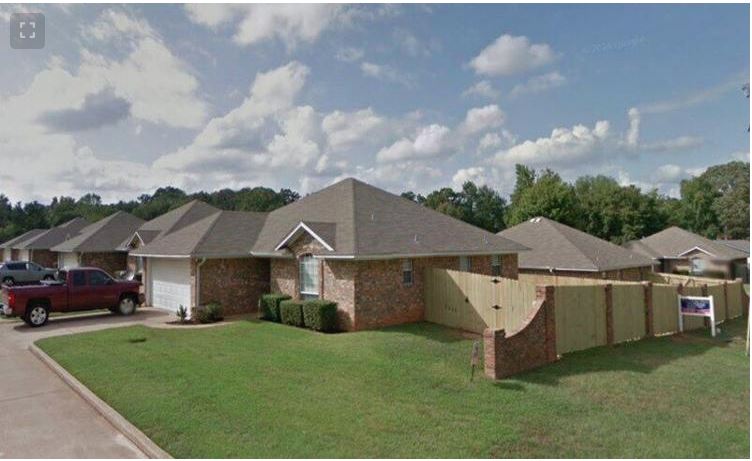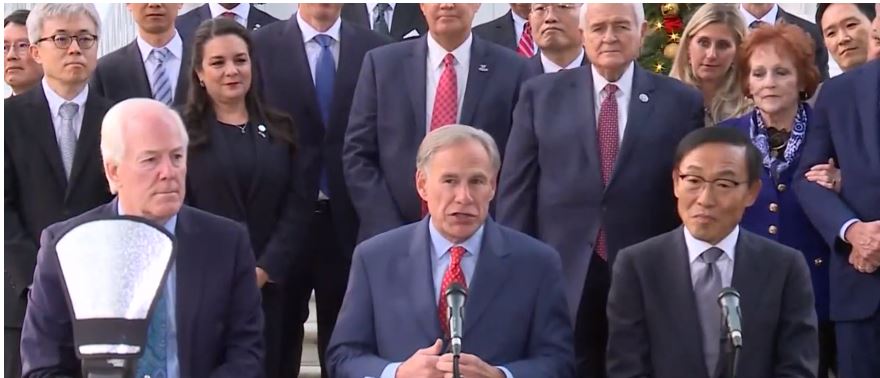BETHESDA, Md., Nov. 29, 2021 /PRNewswire/ — Walker & Dunlop, Inc. announced today that it structured $15,000,000 in financing for the Hamilton Park, Tully Trail, and Memory Village, a collection of build-for-rent neighborhoods located in Tyler, Texas.
Each of the build-for-rent (BFR) neighborhoods features contiguous, newly built single-family rental homes that are competitively priced. Each home is approximately 1,400 square feet, boasts three bedrooms and two bathrooms, and features fully maintained lawns and landscaping, a two-car garage, private fenced backyards, and open floorplans. Built between 1996 and 2021, the homes are in very high demand, with all 123 currently 100% occupied.
Stuart Wernick, SVP and Managing Director, and Drew Garrison, Director, led the Walker & Dunlop team in arranging the refinance for the sponsor, a regional custom home builder, a vertically integrated construction, development, and property management company. Utilizing their broad network of capital providers, the team partnered with a regional bank, which proved to be the most attractive lender for their client. The resulting financing was a non-recourse structured solution with a fixed rate in the low fours for a term of 30 years with flexible prepayment options. Click to read more at www.news-journal.com.








